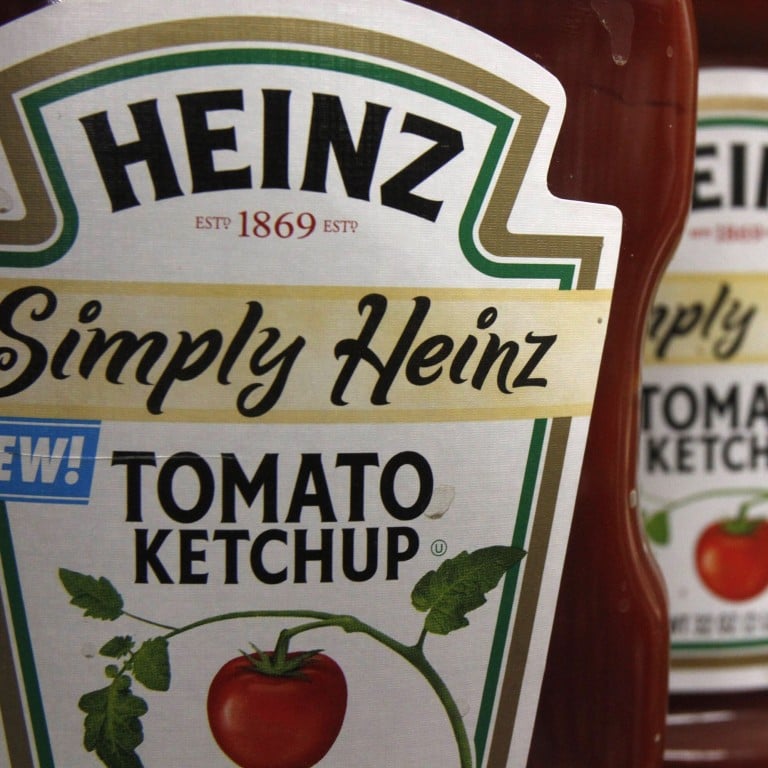Ketchup isn’t even American – The Language of Food explains how tomato sauce has origins in Vietnam, Cambodia and Indonesia dating back to the 17th century

No fast food burger or fries is complete without it, but before ketchup there was Cantonese ke jiap, Indonesian kecap and Hokkien kôe-chiap – and they were fish or soy sauces with no tomatoes in sight
Ketchup, that thick, sweet and tangy tomato sauce that goes hand in hand with burgers and fries, is a true American culinary classic – or is it?
Old American recipes show that tomato is a relatively new addition to ketchup, only appearing as an ingredient from the early 1800s. According to The Language of Food: A Linguist Reads the Menu, by Dan Jurafsky, a professor of linguistics and computer science at Stanford University, from about 1750 to 1850 “ketchup” mainly referred to a thin dark sauce made of fermented walnuts or mushrooms.

British colonists took ketchup recipes to the USA, where they were adapted. The first cookbook to be published in the American colonies was the 1742 edition of Eliza Smith’s The Compleat Housewife, or, Accomplished Gentlewoman’s Companion, which was first published in Britain a couple of decades earlier.
“Ketchups in England date back at least to 1727, when Eliza Smith gave a recipe for ketchup made from anchovies, shallots, white wine vinegar, two kinds of white wine, cloves, ginger, nutmeg, mace, whole peppercorns and lemon peel,” said British food writer Matthew Fort, who recently worked together with executive chef Anthony Garlando at Aqua Shard in London to launch the Forgotten British menu, which brings back to life old recipes dating from hundreds of years ago.
The connection to Asia comes through another old recipe from 1732 titled Ketchup in Paste, which referenced “Bencoulin in the East Indies” as its origin. The British had a trading post in Bengkulu on Sumatra, Indonesia, in the 1690s and historians posit that this is how the word “ketchup” first entered the English language.

Instead, it is believed that ketchup is an archaic word for fish sauce in the Hokkien dialect, a fact which is supported by a Hokkien to English dictionary compiled by missionaries in 1873 that gives pronunciations in various subdialects as kôe-chiap in Quanzhou and kê-chiap in Zhangzhou.